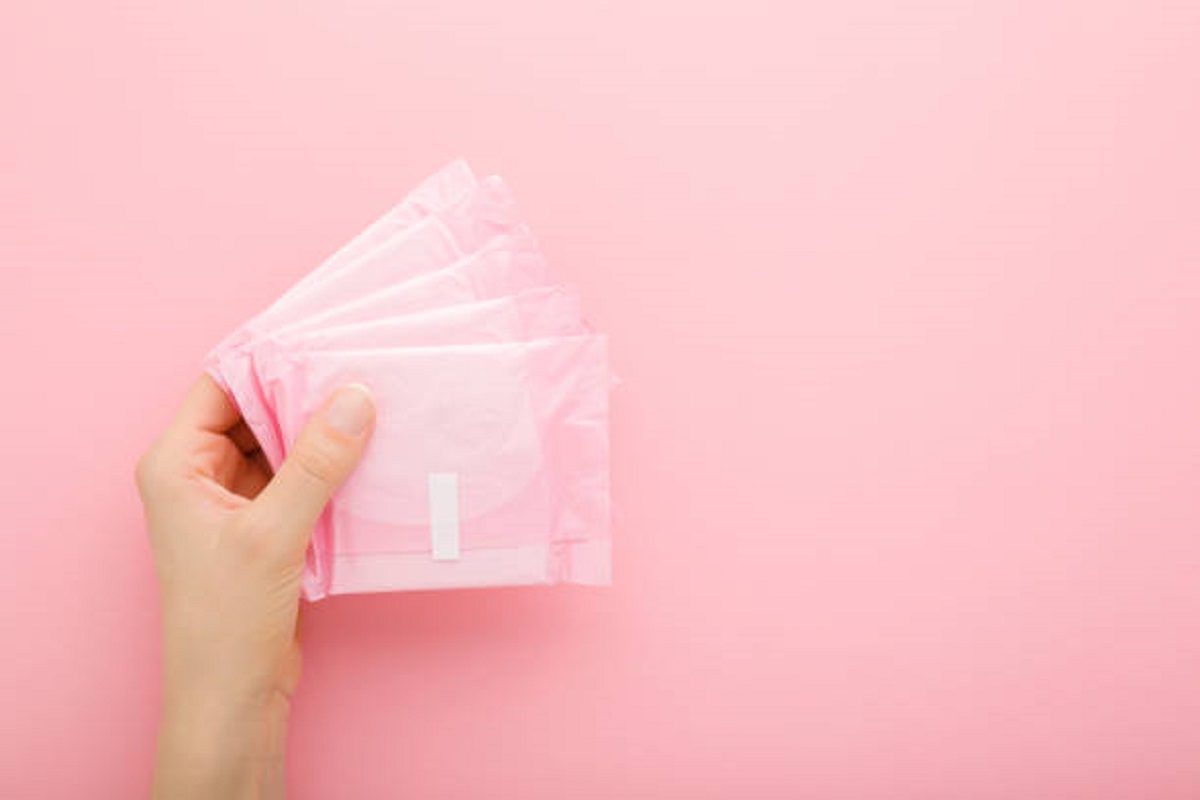Besides a general health emergency, Covid 19 pandemic has brought forth various women’s health challenges. On the International Menstrual Hygiene Awareness Day, let’s learn How to make Homemade Sanitary Pads.
Procuring safe and hygienic and reusable sanitary napkins was one such big challenge for Women not only who belonged to poor families but also those who had to suddenly migrate to their native places carrying only minimal belongings.
Advertisement
In view of environmental hazards posed by the sanitary pads and making these more pocket-friendly organisations working in the women-health areas are promoting the use of home-made sanitary pads. These organisations and public health experts are strongly advocating homemade pads for not only easy affordability and environment friendly and biodegradable nature of homemade sanitary pads but also for immense health benefits.
Martha Farrel Foundation in Delhi organised a ‘training for trainers on Sexual Health as well as Menstrual Health and Hygiene and Reproductive Rights’ and trained women and representatives of the various organisation on both pad- making and bra-making at home.
How to make Home-made Sanitary Pads
Benefits: A re-usable cotton pad made at home is environmental-friendly and has various advantages in terms of lesser chemical material and affordability.
Material: A small piece of clean cotton cloth, preferably of two kinds. One for the outer layers and the other which can be softer and more absorbent for the inner layers.
Machinery: None. You can stitch a pad with thread and needle by simply sowing it in various
ways according to pad-making dimensions and directions for various parts (inner and outer)
Per Pad You will need: A piece of clean, absorbent material, like cotton- approximately 1/3 of a meter which is sufficient to make outer layers, wings, and pockets to accommodate the inner folded fabric
Inner layer fabric: soft, absorbent half-meter cloth which can be easily folded; if you use a towel kind of material then you can fold in accordance with the length of the girdle of the pad and also use any many layers as you need according to your flow.
Some pearl head-pins. A needle and thread, Sew-on snap button/ Velcro, Chart –paper, pencils, measuring scale, measuring-tape, tailoring/fabric-chalk to mark on cloth, A pair of scissors (preferably fabric or sharp enough to cut through fabric)
Cost Required: Minimal can be done with a clean leftover material lying at home also, such as the one used for cotton clothes, sheets, etc.
Estimated Duration in Pad making: It takes usually 4 to 6 hours. But, depending upon your flow, and the weather you may require to change it more frequently. In very hot weather or a humid, rainy season will certainly require more changes. You can also use a thicker outer layer for making overnight –use the pad.
Precaution: Wash the re-usable homemade cloth pad with soap and rinse in the end with Dettol using clean water. It is extremely important to dry the pad to 100% in direct sunlight. Otherwise, cloth pads may become vehicles for vaginal and local irritations and infections.
(Source: -Dr. Bobby Luthra Sinha-Currently working on Community based project on Menstrual Health and Hygiene and WASH (water, sanitation, and Hygiene) and an awareness [h1] campaign in rural India, for 2023).
Follow these steps of pad making:











